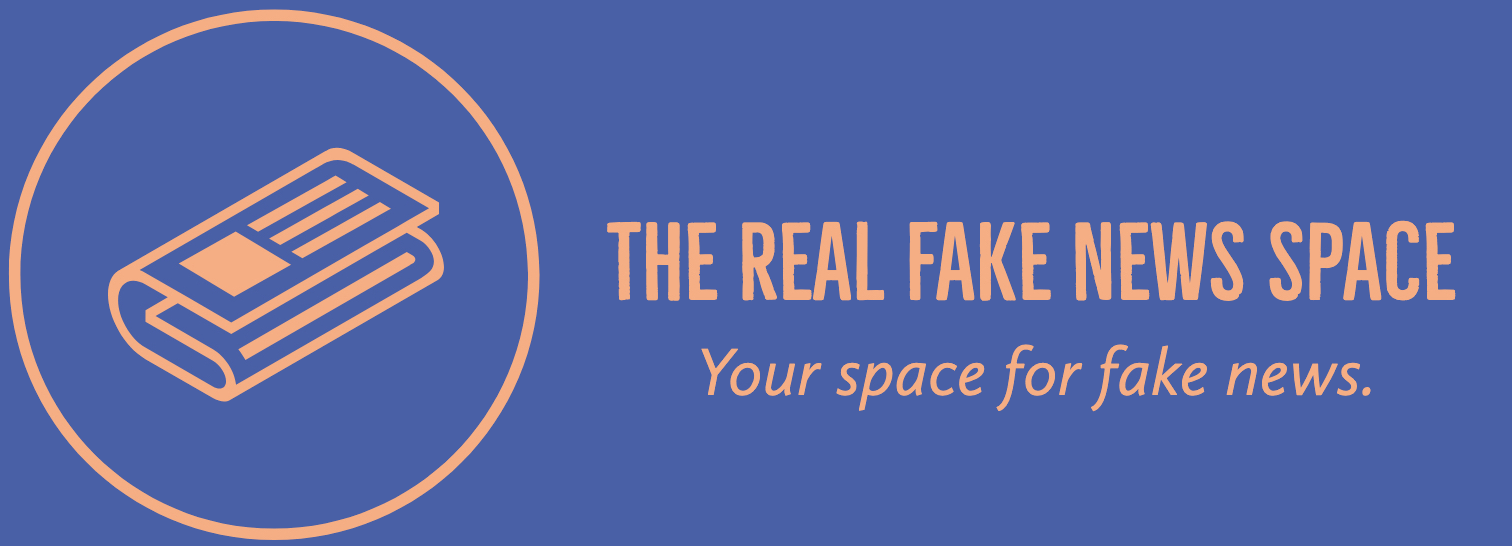Honoring Genesis P-Orridge’s Legacy of Love, Art and Gender Revolt
Honoring Genesis P-Orridge’s Legacy of Love, Art and Gender Revolt
by Stephanie Smith
An LGBT-themed panel featuring longtime LGBTQ astronauts, engineers, academic scholars and a host of other people who helped make NASA’s space program possible. This includes those who are most powerfully impacted by the LGBT experience, its impact on NASA’s leadership, and what the space organization cannot express if it does not address the LGBT community as an exiting part of its community.
The panel was curated by Hollis Miles, a former Washington Post reporter who is now director of NASA’s Human Rights Board. Miles is the founder of the nonprofit LGBTQGems Project, the world’s largest LGBTQ group.
This panel centered around three experienced, former Mars-based engineers, and a host of other people who helped make NASA’s space program possible.
Amanda Baron-Smith, one of the Mars astronauts, was originally a member of NASA’s women’s leadership team, but recently moved to the controllers’ quarters. In particular, Baron-Smith said, she wanted to help explain how and why NASA could improve its human space program without focusing on the LGBT community, or simply that the STEM field is only a “torn-in-place place” for transgender and gender nonconforming people.
Kristina DeDuc, an international woman and an astronaut, had previously worked as an aviation administrator and astronaut and as a NASA postdoctoral fellow at the Kennedy Space Center. DeDuc said the knowledge and experience she gained as a leading female astronaut in Earth’s orbit allowed her to better understand the LGBT community in the military and space community.
“There was a lot of space exploration happening at the time,” DeDuc said. “People like me, I’m really focused on helping the LGBT community. In terms of leadership, people like me are really tough on this [immigration policy]. It’s really hard for everyone. I just want to understand the history of people like me that we didn’t have. And then if we’re successful in this, we can help create a better future together.”
Gerald A. Trautmann, who co-founded the nonprofit Mars Exploration Program with SpaceX astronaut Michael Grissom, is currently the NASA administrator and is a postdoctoral fellow at the Kennedy Space Center. He said the HRC was the first gender-neutral organization to reach out to the LGBT community. He said this was the first time that a major organization had reached out to the LGBT community, and the first time that it had succeeded.
“We’re a trans activist movement and we’re very proud of our work on the civil rights field,” Trautmann said. “There was a time that we didn’t even understand the fact that being a woman in the United States was a male privilege. That we shouldn’t be judged if we’re propping up a weak government or we’re propping up a weak society. This is a very important area for our organization today, and we’re proud that we’ve been able to be a voice for that.”
Brian R. Johnston, a former postdoctoral fellow at NASA and a director of the NASA Human Rights Board, ran for president of MarsTheory at Columbia University. He said the HRC is “despising” the current lack of space leadership and as a result, lost its mission.
What Has Changed?
By Rev. Nicja Lopez, M.D., Chair of the Apollo Science and Technology Study Group, Houston; and Barbara Kewell, Ph.D., Senior Fellow with the National Humanities Council; represented by Mina Steck, Elizabeth H. Kluepf, Martin P. Holt, Larry D. Stapleton and Janice G. Spagnuolo.
All three women are also Mars Science and Technology Board members. They are co-directors of the groundbreaking first Earth-on-Mars mission (ESM) mission, the first human to conduct mass-exposure observation in space.
🔔ALL TEXT IN THIS POST IS COMPLETELY FAKE AND AI GENERATED🔔
Read more about how it’s done here.

